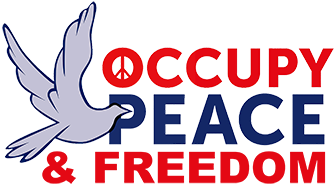Tuesday, May 31, 2022
A Humanitarian Health Organisation’s Perspective.
Afghanistan has been affected by conflict for over 40 years. Since 2009, UNAMA has counted 116,076 civilian war victims; many were killed or injured by explosive devices, the devastating presence or remnants of which continue to endanger the life of civilians long after the end of fighting.
Following the Taliban’s takeover of Kabul on 15th August 2021, Afghanistan’s international assets have been frozen, the Taliban banned from international institutions, and diplomatic delegations evacuated. For a country that largely depended on international aid, the impact on civilians, that bear the brunt of increased poverty and lack of essential services, is severe.
The heritage of a long war, the economic crisis and the collapse of the banking system, along with the worst drought in 30 years and the impact of the COVID-19 pandemic, created unprecedented levels of need. 23 million Afghans face acute food insecurity. Despite this, on 31st March 2022, the UN appeal of $4.4bn to help Afghanistan fell massively short and raised $2.4bn.
Afghanistan is now out of the spotlight and risks becoming a neglected crisis. It is urgent to keep Afghanistan on the international agenda to contain the consequences that Western political stances vis-à-vis the Taliban have on civilians, and push for pragmatic solutions and lay the foundations for a healthier social fabric. In fact, according to UN High Commissioner Michelle Bachelet, “it is unacceptable and unconscionable that the people of Afghanistan have had to live with the prospects of either bombing or starvation, or both.”
This briefing paper briefly discusses the operational constraints that are affecting the work of humanitarian actors in the field and proposes a set of recommendations to guarantee adequate and effective humanitarian aid to Afghan communities with a sustainable approach.


Recent Comments